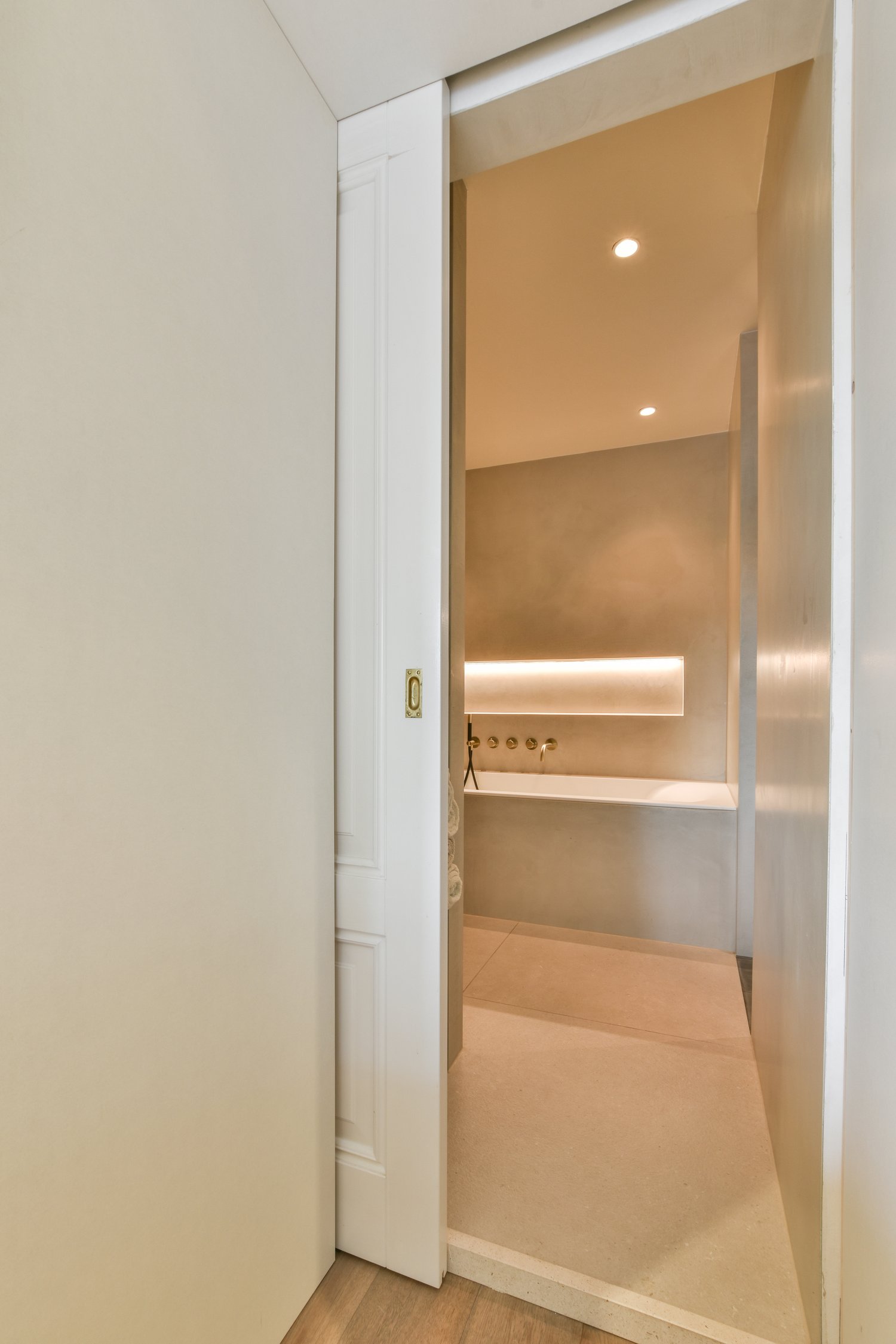Door frames are fundamental components of any home, yet they often go unnoticed until problems arise. These structural elements hold your doors in place and contribute to your home’s security, energy efficiency, and overall aesthetic appeal. Understanding the anatomy of a door frame and recognizing signs of deterioration can help homeowners decide when repair work is sufficient or when door frame replacement becomes necessary. In this article, we’ll explore the components that make up a door frame and identify the warning signs that indicate it’s time for a replacement.
Understanding Door Frame Components
A door frame consists of several distinct parts that support the door. The main vertical supports on either side of the door are called jambs, specifically the hinge and latch jamb. What is a door jamb exactly? The vertical portion of the frame provides structural support and houses the hinges on one side and the strike plate on the other. The horizontal piece at the top connecting these jambs is known as the head jamb. Together, these three pieces form the main structural support for your door.
Another critical component is the door casing, the decorative molding covering the gap between the door jamb and the wall. The casing serves functional and aesthetic purposes, hiding the rough framing while adding a finished look to your doorway. At the bottom of the frame sits the threshold, which bridges the gap between different flooring types and provides a weather seal when the door is closed. Some door frames also include a sill, the bottom horizontal part of the door that sits on the floor when closed.
Common Signs of Door Frame Damage
Door frames can deteriorate over time due to various factors, including moisture exposure, insect damage, and natural aging. One of the most common issues is rot, particularly in exterior door frames regularly exposed to the elements. When you need to repair door frame rot, you’ll typically notice soft, discolored wood that may crumble when touched. This damage often begins at the bottom of the frame, where water can pool against the wood.
Warping is another telltale sign of a compromised door frame. If your door no longer closes properly or creates gaps when closed, the frame may have shifted due to foundation settlement or moisture absorption. You might notice that the door sticks, scrapes, or fails to latch properly. These issues not only affect functionality but can also impact your home’s energy efficiency by allowing drafts.
Physical damage such as cracks, splits, or large gouges can also necessitate replacement, especially if they affect the frame’s structural integrity. Sometimes this damage is obvious, while in other cases it might be hidden behind the casing or within the wall. According to home experts at AskHomey, addressing frame damage promptly can prevent more extensive repairs down the line.
When to Replace Rather Than Repair
While minor issues can often be repaired, there are situations where complete door frame replacement is the more practical solution. Extensive rot that has compromised more than 10-15% of the wood typically calls for replacement rather than repair. Attempting to patch severely rotted wood often results in a temporary fix that will fail again as the deterioration spreads.
If your door frame has shifted significantly due to foundation movement or settling, replacement may be necessary to ensure proper door operation. Similarly, frames that have been repaired multiple times in the past may reach a point where replacement becomes more cost-effective than continuing to make repairs. When you replace door casing and jambs, you resolve current issues and prevent future problems by starting fresh with properly installed components.
Security concerns present another compelling reason for replacement. If your frame has been damaged due to a break-in attempt or has weakened to the point where it compromises your home’s security, replacement with a more robust frame is often the wisest choice. Modern replacement options may offer improved materials and design features that enhance security and energy efficiency.
The Replacement Process
The door frame replacement process typically begins with removing the existing door and hardware, then carefully removing the casing to expose the jamb and rough opening. In some cases, the rough opening may need adjustment if you install a door of a different size. New jams are installed, leveled, and secured to the rough opening.
Once the new jam is in place, the door is rehung and tested for proper operation. The final step involves installing new door casing to cover the gap between the jamb and wall, and adding weatherstripping and a threshold as needed. While ambitious DIYers can tackle this project, many homeowners prefer to hire professionals for door frame replacement to ensure proper installation and function.
For exterior door frames, special attention must be paid to waterproofing and insulation to prevent future rot and improve energy efficiency. The choice of materials is also important, with options ranging from traditional wood to more weather-resistant alternatives like composite materials or vinyl-clad wood for areas prone to moisture exposure.
For more tips and to connect with reliable home service professionals, follow AskHomey on Facebook and Instagram.



